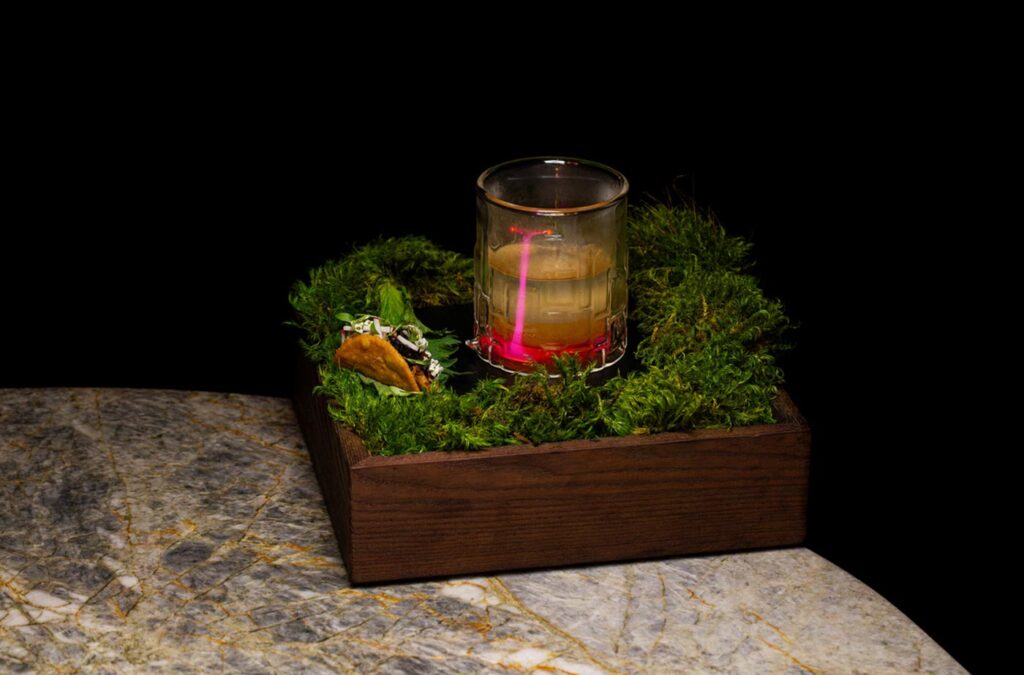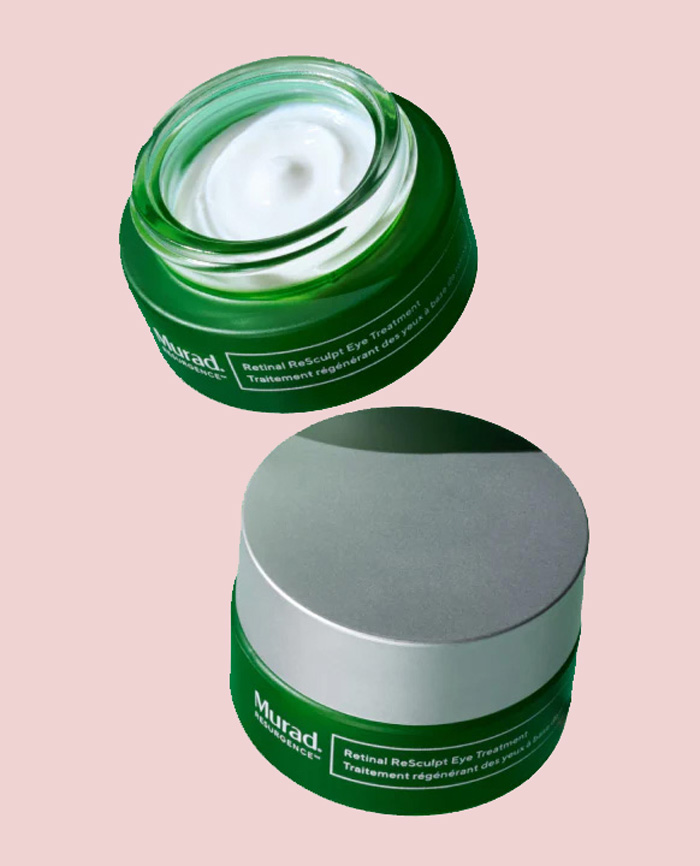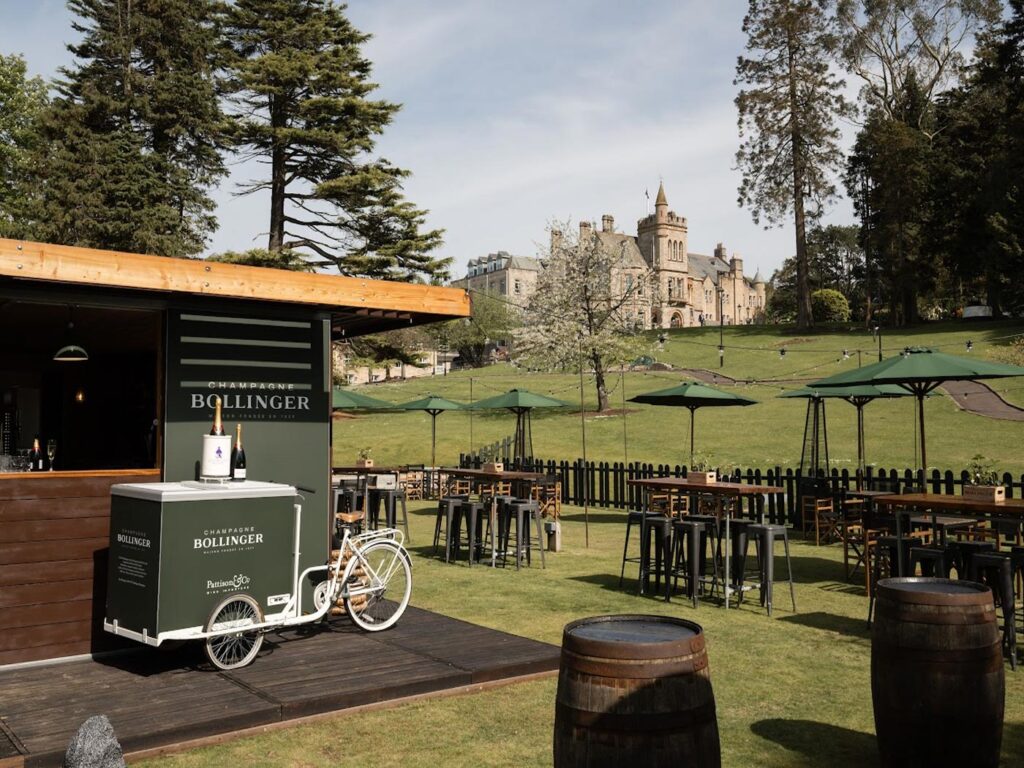
Over the last year, CSL’s readers have become increasingly adventurous with their gardening. Experimenting more, means that there’s ever more to learn and ever more questions arise. In an effort to spur your green thumb, nurture produce that’s tasty and flowers that are good for the soul, CSL has gathered some of your gardening questions and answers them below.
Could you give some tips for container planting?
If you have limited space, no access to ground soil, a short growing season, or want to curb prolific plant spread, you may want to consider container gardening.
Pick a container that fits optimal nutrient needs. For example, tomatoes have long roots which do well in tall buckets. Lettuce can thrive in shallow pots. A large ceramic urn can limit the spreading habit of raspberries. Adjusting the container size and depth to the needs and growth patterns of your plants is the best way to ensure thriving plants.
Another consideration is weight. Soil and water are surprisingly heavy, but can be drastically diminished by filling your container half to three-quarters with wine corks, bubble wrap, igneous rocks or other lightweight horticultural materials. This will give bulk and volume, make containers easier to move, and provide cost savings.
In addition, consider the material of the container. Plastic is non-porous, terra cotta and ceramic, by contrast allow humidity to penetrate and evaporate. Containers also present an opportunity to recycle or reuse ̶ tires, wooden pallets, wine crates, pans, colanders and even shoes are all examples of old items that can be used to sustain plants.
Lastly, the most important factor when choosing a container is proper drainage. It is crucial to drill holes or allow the plants to sit above still water otherwise they may rot.
Can you recommend an easy-to-care-for plant that will survive and give colour year-round?
CSL absolutely loves geraniums for near year-round blooms. Even in the depths of winter they will continue to produce flowers indoors. Ensure they have a bright, sunny spot and do not disturb them ̶ once they begin to grow do not move them. You can also take cuttings ̶ snip a piece below the place where a leaf meets the stem ̶ dip this in a little rooting powder and place in potting soil.
We also like African violets, which, though small, are easy to maintain, and bloom for many months. They do well in groups and can survive in indirect light.
A new trend in indoor gardening are succulents which are ideal for those with limited space. Although they tend to occur in a restricted colour range of green, red and yellow, when taken as a collection, succulents can be quite striking. Their small size means that you can group various types together in a small space. A variation on this is the terrarium which is like a tiny greenhouse.
Is there a way to make a natural rooting powder?
Typically, rooting is cutting new growth from the mother plant and placing it in soil to encourage roots to grow. Propagating plants by this method, may produce a whole new plant but, sometimes, the cuttings do not take root. To increase the probability of success, some gardeners employ rooting powder. Rooting powder contains chemical hormones that stimulate root growth.
Many natural ingredients sterilize but do not stimulate growth. These include vinegar, cinnamon, and honey. While sterilizing ingredients are a component in many commercial rooting powders, you may still need additional natural ingredients that contain auxins, hormones responsible for plant growth. Some naturally occurring sources of auxins are willow, aloe vera, and comfrey.
To make a natural rooting powder, combine a sterilizer with a growth stimulating agent. For example, cut up a piece of aloe vera add to a blender and add a little honey. Then, add your root cuttings to this slurry before potting.
Alternatively, cut up branches of new growth from a willow tree and steep in vinegar for a few days to make a tea. Then strain and use liquid for cuttings.
Finally, many gardeners do not use rooting powder at all and prefer to rely simply on probability – the more cuttings you make, the greater chance of successful rooting. CSL
This original article first appeared in the Spring 2021 issue of City Style and Living Magazine.
Don’t Forget to Follow City Style and Living on Social Channels: Instagram, Twitter, Facebook, Pinterest












